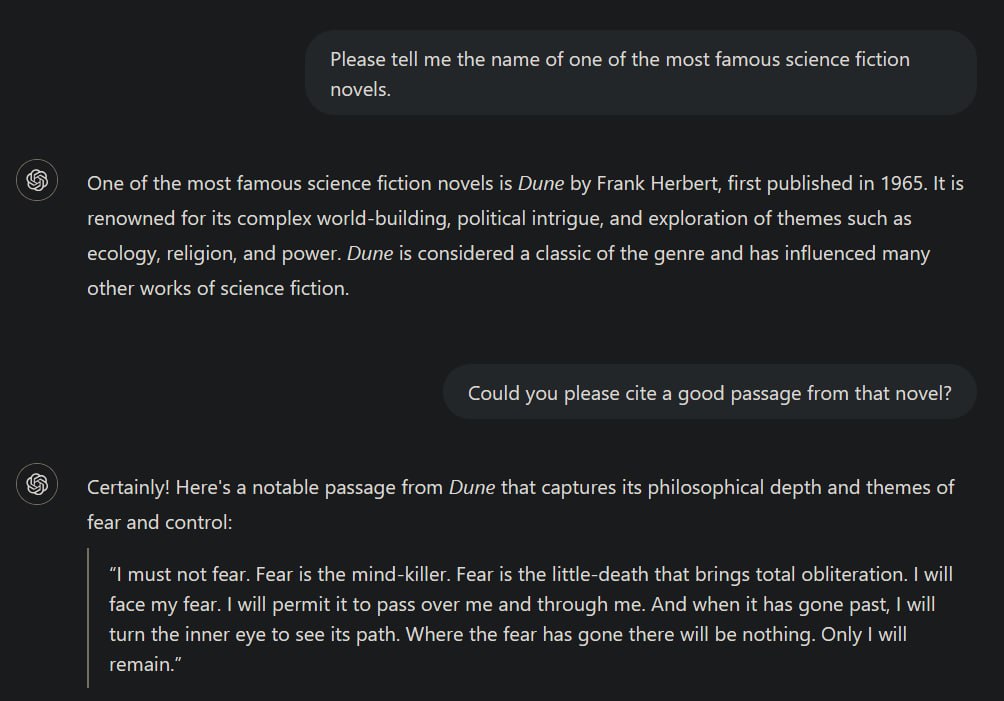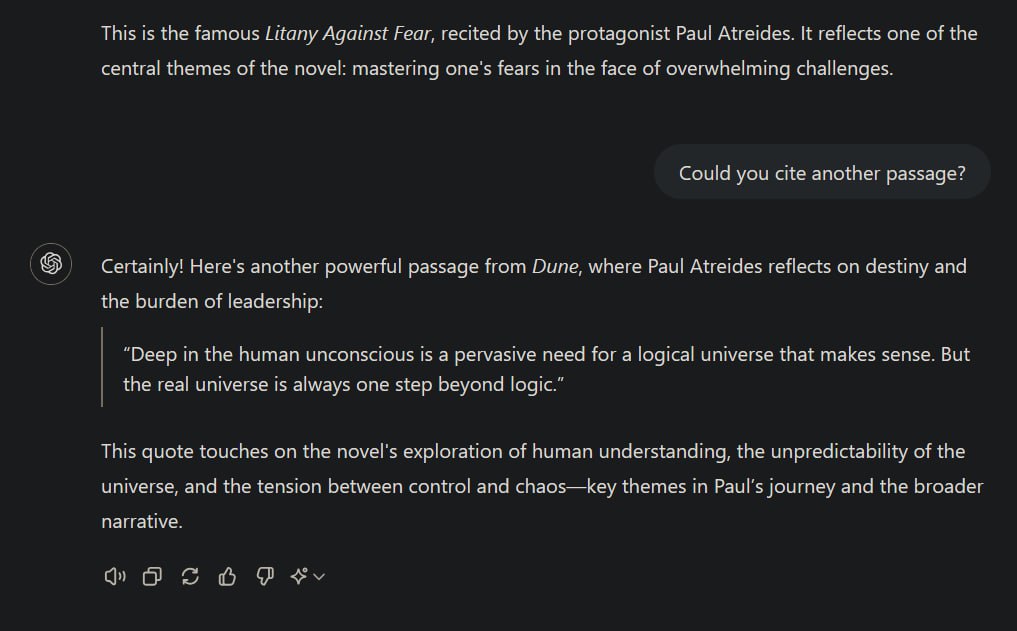

God forbid people have some self expression
They do indeed forbid it.
10 "If you go to battle against your enemies, and the LORD your God delivers them into your control, you may take some prisoners captive. 11 If you see among the prisoners a beautiful woman and you desire her, then you may take her as your wife. 12 Bring her to your house, but shave her head and trim her nails
Deuteronomy 21
Oh man, religions are batshit crazy.



For the non-roboticists: SLAM = Simultaneous Localization And Mapping.
In robot navigation problems we often face the problem to get a grasp of the environment and the robot’s position in it. It’s easier if there’s already a map provided and some sort of external observer who knows where the robot is relative to the map.
Since people don’t usually go into your home to map it out and install some sensors in order to locate the robot, SLAM is the way to go. While moving through an environment, a map of the environment is created and by utilzing some fancy techniques based on sensor data like from cameras, mic+loudspeaker, LIDAR or whatever, it is possible to also infer the robot’s position.